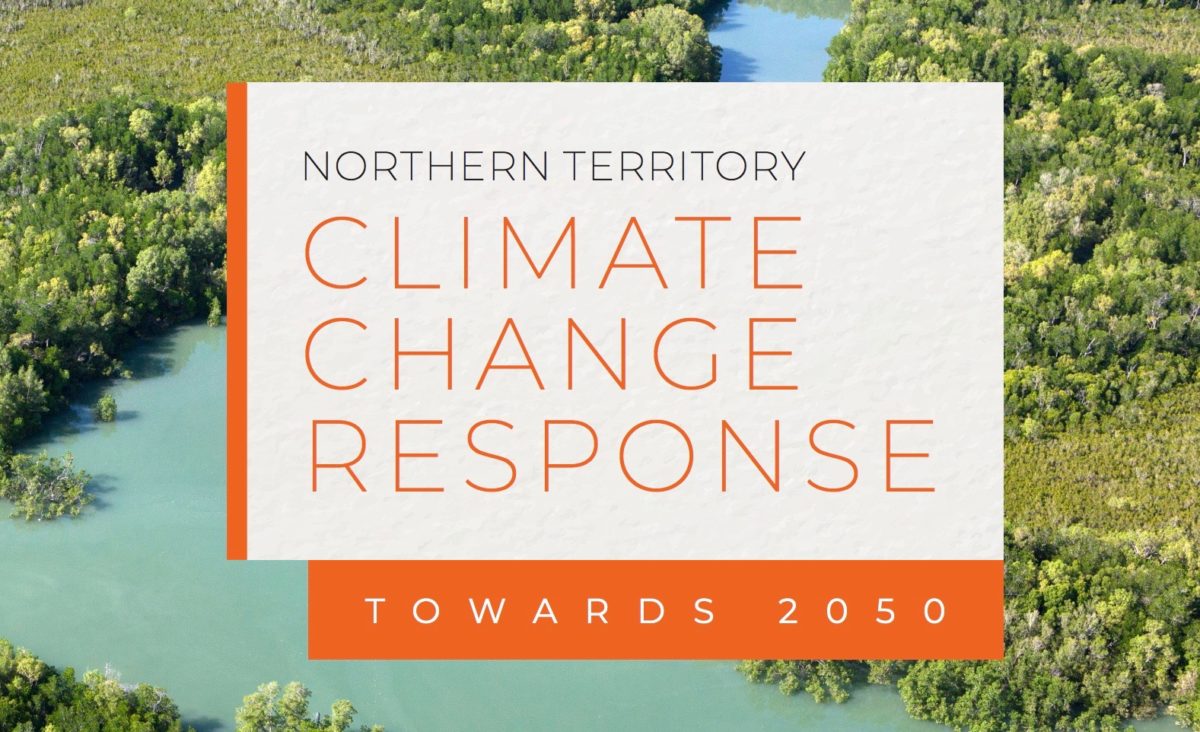The Northern Territory (NT) Government has released its final Climate Change Response (Response). The Response, built upon the September 2019 Draft, means that now all Australian states and territories have committed to net-zero emissions climate targets.
The NT Government sets out four key objectives to meet on its way to its 2050 emissions target and 2030 50% renewable energy target:
- Reducing emissions to achieve net-zero emissions target by 2050
- Building a resilient Territory that adapts and responds to the impacts of climate change
- Unlocking the opportunities from a low-carbon future
- Informing and involving all Territorians in the climate change response.
These objectives will fall under the newly created portfolios of the Office of Climate Change and the Office of Sustainable Energy.
Eva Lawler, NT Minister for Environment and Natural Resources, said that the NT Labor Government sees climate-smart policy as smart economic policy. “Our Labor Government’s strong environmental policy is securing our natural assets and unlocking social, cultural, and economic opportunities for Territorians,” said Lawler.
Climate Council CEO Amanda McKenzie welcomed the response, noting that the NT’s Climate Response meant that Australia “now has a de facto national net-zero target.” Of course, the national target is only de facto because the Federal Government remains in national energy policy limbo. “All states and territories are leading the charge in tackling climate change,” continued McKenzie, “and showing that they are serious about protecting Australians from worsening extreme weather.”
The Climate Council estimates that Darwin could experience 265 days a year of temperatures above 35°C by 2090. Key to ameliorating this worsening climatic catastrophe is the transition to clean energy. McKenzie made mention of NT’s world-leading solar resources, arguing Territorians could lead Australia’s green energy economic recovery from the impact of Covid-19.
“A clean-jobs recovery can drive huge amounts of private clean energy investment, create jobs and help to protect communities in the Northern Territory,” said McKenzie. “I would also implore the NT government not to develop any new gas projects. Net-zero emissions can only be achieved by ending fossil fuel developments.”
The NT is backing its skilled workforce which it believes can deliver ambitious infrastructure projects, such as the proposed 10 GW Sun Cable project near Tennant Creek, the world’s largest solar PV development which would supply electricity to Darwin and Singapore.
In fact, the scale of the Sun Cable project has been further revealed in recent months with the awarding of its unprecedented cable route survey contract and the planning approval for a Darwin megabattery to form an integral part of its Australia-ASEAN Power Link.
The NT sees itself as the “energy corridor for domestic and international renewable energy export that can meet the increasing demand for renewable energy from neighbours that include Timor-Leste, Indonesia, and Singapore.”
This content is protected by copyright and may not be reused. If you want to cooperate with us and would like to reuse some of our content, please contact: editors@pv-magazine.com.









3 comments
By submitting this form you agree to pv magazine using your data for the purposes of publishing your comment.
Your personal data will only be disclosed or otherwise transmitted to third parties for the purposes of spam filtering or if this is necessary for technical maintenance of the website. Any other transfer to third parties will not take place unless this is justified on the basis of applicable data protection regulations or if pv magazine is legally obliged to do so.
You may revoke this consent at any time with effect for the future, in which case your personal data will be deleted immediately. Otherwise, your data will be deleted if pv magazine has processed your request or the purpose of data storage is fulfilled.
Further information on data privacy can be found in our Data Protection Policy.